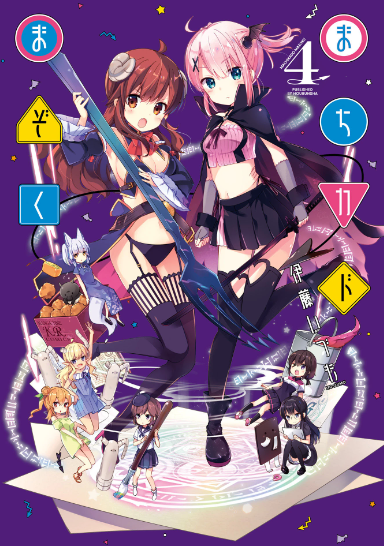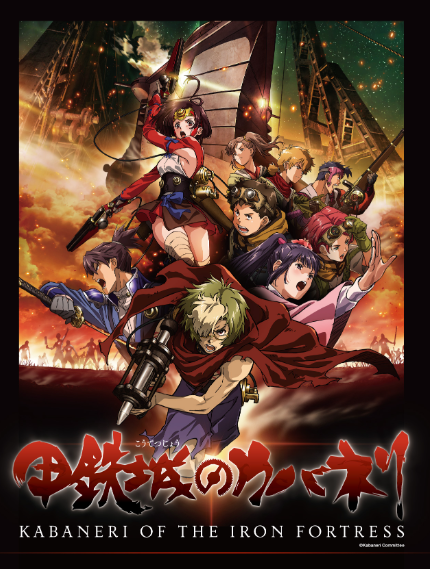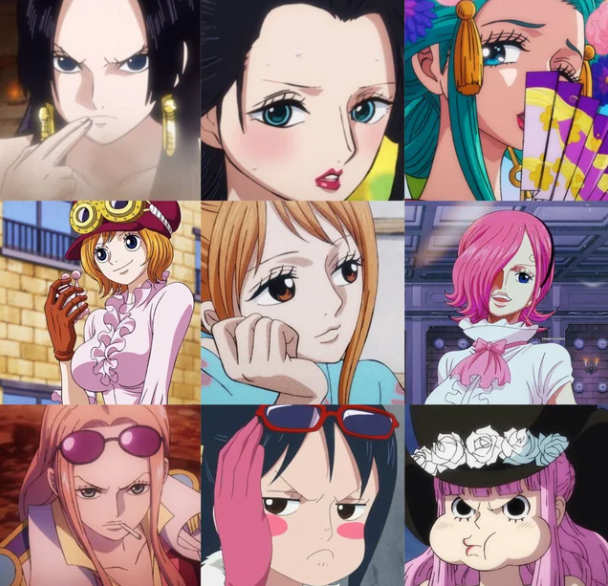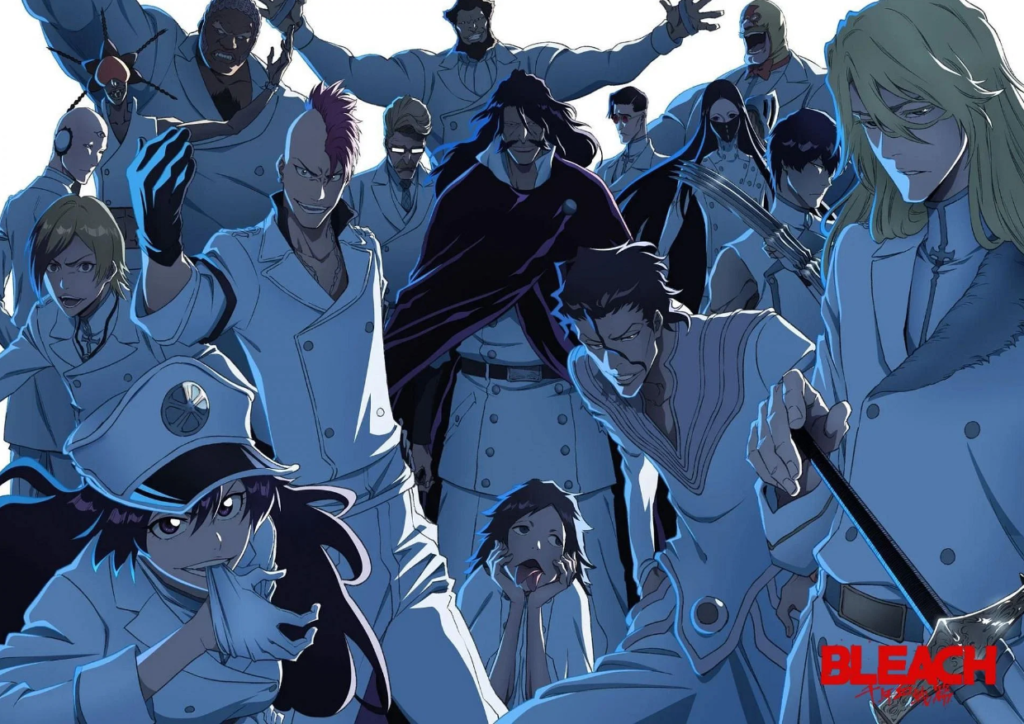No. 6 is a science fiction anime series that aired in 2011. The series follows the story of Shion, a young boy living in the utopian city of No. 6. Shion’s life takes a turn when he meets Nezumi, a fugitive from the city’s authorities. The two boys form a bond that leads them on a journey to uncover the truth behind the city’s secrets and the government’s true intentions.

The anime received mixed reviews from critics and fans alike. While some praised the series for its unique storyline and well-developed characters, others criticized it for its slow pacing and lack of action. In this article, we will provide a balanced review of No. 6, discussing its positive aspects, criticisms, character analysis, and a comparison to other similar anime series. We will conclude with our overall thoughts on the series and whether or not it is worth watching.
Positive Aspects
Animation and Art Style
The animation and art style of No. 6 are visually stunning and captivating. The use of bright colors and intricate details in the character designs and backgrounds create a unique and immersive world. The fluidity of the animation during action scenes adds to the excitement and intensity of the show. The animation and art style are a testament to the talent and creativity of the animators and artists involved in the production of No. 6.
Worldbuilding
The worldbuilding in No. 6 is impressive and well thought out. The show takes place in a dystopian future where society is divided into two distinct classes: the privileged elite who live in the utopian city of No. 6, and the poor and oppressed who live in the outskirts of the city. The show explores the complex political and social structures of this world, as well as the consequences of the actions of those in power. The attention to detail in the worldbuilding adds depth and complexity to the story and characters.
Character Development
The character development in No. 6 is one of the show’s strongest aspects. The two main characters, Shion and Nezumi, undergo significant growth and change throughout the series. Their relationship evolves from one of distrust and animosity to one of mutual respect and admiration. The supporting characters are also well-developed and add depth to the story. The show does an excellent job of portraying the complexities of human relationships and emotions.
Criticism
Pacing Issues
One of the main criticisms of No. 6 is its pacing. Some viewers found the show’s pacing to be slow and dragging, especially in the middle of the series. The show takes its time to develop the characters and the world, but it may feel like a slog for some viewers who are looking for more action and excitement. The slow pacing may also make it difficult for some viewers to stay engaged with the story.
Plot Holes
Another criticism of No. 6 is its plot holes. Some viewers found the story to be confusing and convoluted, with plot points that don’t make sense or are never fully explained. The show leaves some questions unanswered, which can be frustrating for viewers who are looking for a complete and satisfying story. Some viewers also found the ending to be unsatisfying and rushed, leaving too many loose ends.
Lack of Character Depth
While No. 6 has a strong cast of characters, some viewers found that the show didn’t delve deep enough into their personalities and motivations. Some characters may feel underdeveloped or one-dimensional, with little growth or change throughout the series. This can make it difficult for viewers to connect with the characters and become invested in their stories. Some viewers also found the romance between the two main characters to be underdeveloped and lacking in chemistry.
Character Analysis
Shion
Shion is the main protagonist of No. 6. He is a kind-hearted and intelligent boy who lives in the utopian city of No. 6. As a child, he was a prodigy and excelled in his studies. He is also very empathetic and has a strong sense of justice. Shion is often seen as naive and innocent, but he matures throughout the series as he experiences the harsh realities of the world outside of No. 6.

One of Shion’s defining characteristics is his unwavering optimism. He is always willing to see the good in people, even in the face of adversity. This is demonstrated when he befriends Nezumi, a fugitive who initially tries to kill him. Shion’s kindness and compassion eventually win Nezumi over, and the two become close friends.
Nezumi
Nezumi is a mysterious and enigmatic character who is initially introduced as an antagonist. He is a skilled fighter and survivalist, having spent most of his life on the run from No. 6. Nezumi is often seen as cold and aloof, but he has a strong sense of loyalty and is fiercely protective of those he cares about.
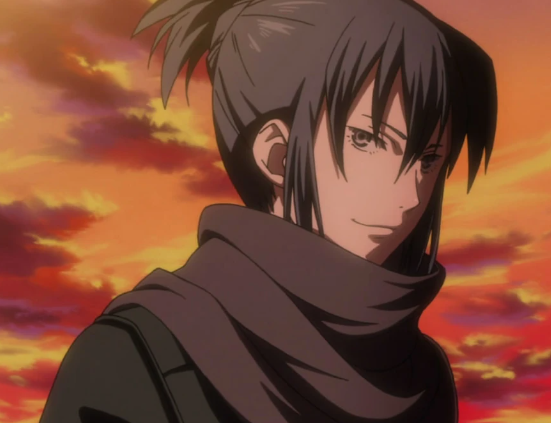
Nezumi’s past is shrouded in mystery, but it is revealed that he was once a resident of No. 6 before escaping and becoming a fugitive. He harbors a deep-seated hatred for the city and its corrupt government, which fuels his desire to bring it down.
Despite his tough exterior, Nezumi has a vulnerable side that is revealed as he grows closer to Shion. He is haunted by his past and struggles with feelings of guilt and regret. Nezumi’s relationship with Shion is one of the most compelling aspects of the series, as the two characters learn from each other and grow together.
Safu
Safu is a childhood friend of Shion’s who is also a prodigy. She is highly intelligent and excels in her studies, but is also fiercely independent and headstrong. Safu is infatuated with Shion, but their relationship is complicated by the fact that he is in love with Nezumi.

Safu’s character is not as fleshed out as Shion and Nezumi’s, but she serves as an important catalyst for the plot. Her disappearance sets off a chain of events that ultimately leads to the downfall of No. 6. Safu is also a symbol of the oppressive nature of the city, as she is subjected to experiments and brainwashing by the government.
Overall, the characters in No. 6 are complex and multi-dimensional. Shion, Nezumi, and Safu each have their own unique personalities and motivations, which drive the plot forward and make for a compelling viewing experience.
Comparison
Anime vs. Manga
As with most anime adaptations, there are some differences between the No. 6 anime and manga. While the anime follows the overall plot of the manga, it does make some changes to the story and characters. For example, the anime includes more scenes of Shion and Nezumi’s relationship, while the manga focuses more on the political aspects of the story. Additionally, the anime has a more conclusive ending than the manga, which leaves some plot points open for interpretation.

Another major difference between the anime and manga is the art style. The manga has a more detailed and realistic art style, while the anime has a more stylized and simplified look. Some fans prefer the manga’s art style, as it allows for more nuanced expressions and emotions from the characters, while others appreciate the anime’s clean and modern aesthetic.
No. 6 vs. Other Dystopian Anime
No. 6 is often compared to other dystopian anime, such as Attack on Titan and Psycho-Pass. While all three shows share similar themes of government corruption and societal decay, they each have their own unique approach to the genre.
Compared to Attack on Titan, No. 6 is a more character-driven story, with a focus on the relationship between Shion and Nezumi. Attack on Titan, on the other hand, is known for its intense action and plot twists. Similarly, Psycho-Pass is a more action-oriented show, with a heavy emphasis on police work and crime-solving.
Despite these differences, all three shows share a common thread of exploring the darker aspects of society and human nature. Whether you prefer the character-driven drama of No. 6 or the action-packed thrills of Attack on Titan and Psycho-Pass, there’s no denying that dystopian anime is a genre that continues to captivate audiences.
Conclusion
After analyzing the characters, story, animation, and music of No. 6, it is clear that this anime has a lot of positives. The characters are well-developed and complex, with realistic motivations and flaws. The story is engaging and thought-provoking, exploring themes of class inequality, government control, and the value of human connection. The animation is beautiful, with detailed backgrounds and expressive character designs. The music is also a standout, with a hauntingly beautiful soundtrack that enhances the emotional impact of each scene.
While there are some criticisms to be made, such as the rushed pacing in the later episodes and the underdeveloped side characters, these do not detract significantly from the overall quality of the series. Additionally, when compared to other anime in the same genre, No. 6 stands out as a unique and memorable experience.
In conclusion, No. 6 is a must-watch for fans of dystopian sci-fi and character-driven stories. Its well-crafted characters, engaging story, beautiful animation, and haunting soundtrack make it a standout in the genre. While not without its flaws, the positives far outweigh the negatives, making it a highly recommended anime for anyone looking for a thought-provoking and emotionally impactful viewing experience.



